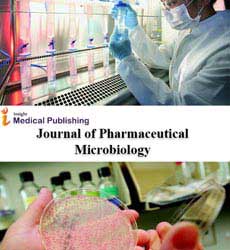Role of oxidative stress in pharmacological and non-pharmacological treatments
Valeria Conti
Abstract
Perturbation of the cellular redox state, due to an increase of reactive oxygen species (ROS) and/or insufficient production of antioxidants can cause oxidative stress. According to the “mitohormesis” theory, low-moderate levels of ROS have beneficial effects, while a high concentration of these molecules leads to oxidative stress by overcoming the efficiency of enzymatic and non-enzymatic antioxidant systems. Oxidative stress can damage all cellular constituents, and it is associated with the onset of diseases such as cardiovascular disease and cancer as well as with modulation of therapy-related outcomes. In particular, oxidative stress modulates the response to both pharmacological and non-pharmacological interventions. The effects of caloric restriction and exercise training are a good example of mitohormesis because they work both as oxidative stressors or inducers of the endogenous antioxidant system by favoring a transient cellular increase of ROS. Such an adaptive response takes place through different pathways, one of these involving sirtuins, a family of NAD+-dependent deacetylases recognized as anti-aging molecules. Exercise, strictly correlated to enhanced mitochondrial biogenesis and ROS production, may promote health span. However, the type and workload of exercise are crucial. Several studies showed that antioxidants supplementation might be inadequate or even damaging for athletes or patients, as it seems to abolish exercise benefits, including disease prevention. Redox state homeostasis in living systems is very complex and lifestyle factors and therapeutic interventions concur in determining the impact of changes in oxidative stress response in both unhealthy and healthy subjects. Mainly in the elderly, the clinical trials conducted so far often suffer from an incorrect initial selection of the patients. Further investigations should be planned to improve patient selection by performing, for example, quantitative characterizations of the redox state for each individual and considering both the individual patient demand and genetic background.
Open Access Journals
- Aquaculture & Veterinary Science
- Chemistry & Chemical Sciences
- Clinical Sciences
- Engineering
- General Science
- Genetics & Molecular Biology
- Health Care & Nursing
- Immunology & Microbiology
- Materials Science
- Mathematics & Physics
- Medical Sciences
- Neurology & Psychiatry
- Oncology & Cancer Science
- Pharmaceutical Sciences
